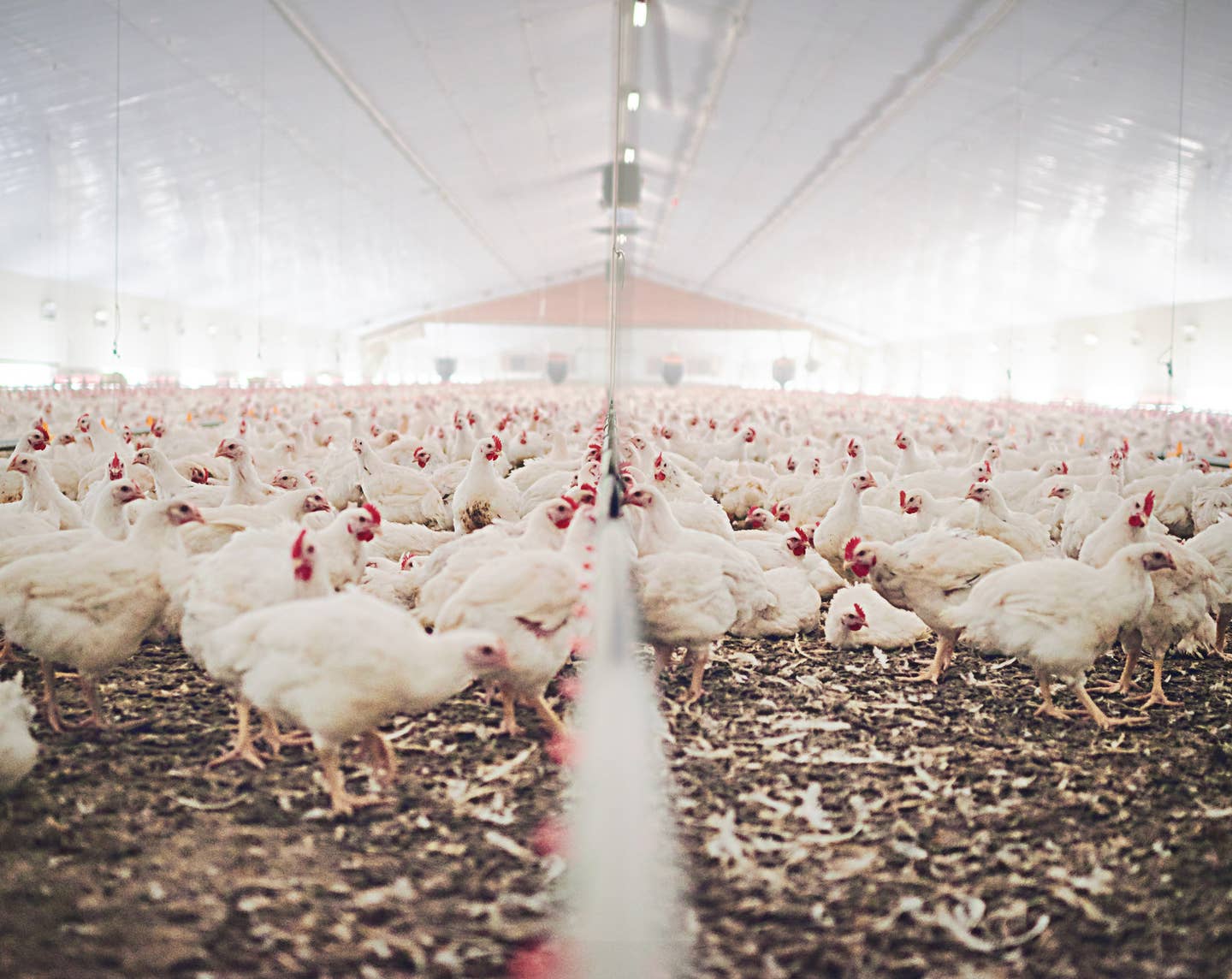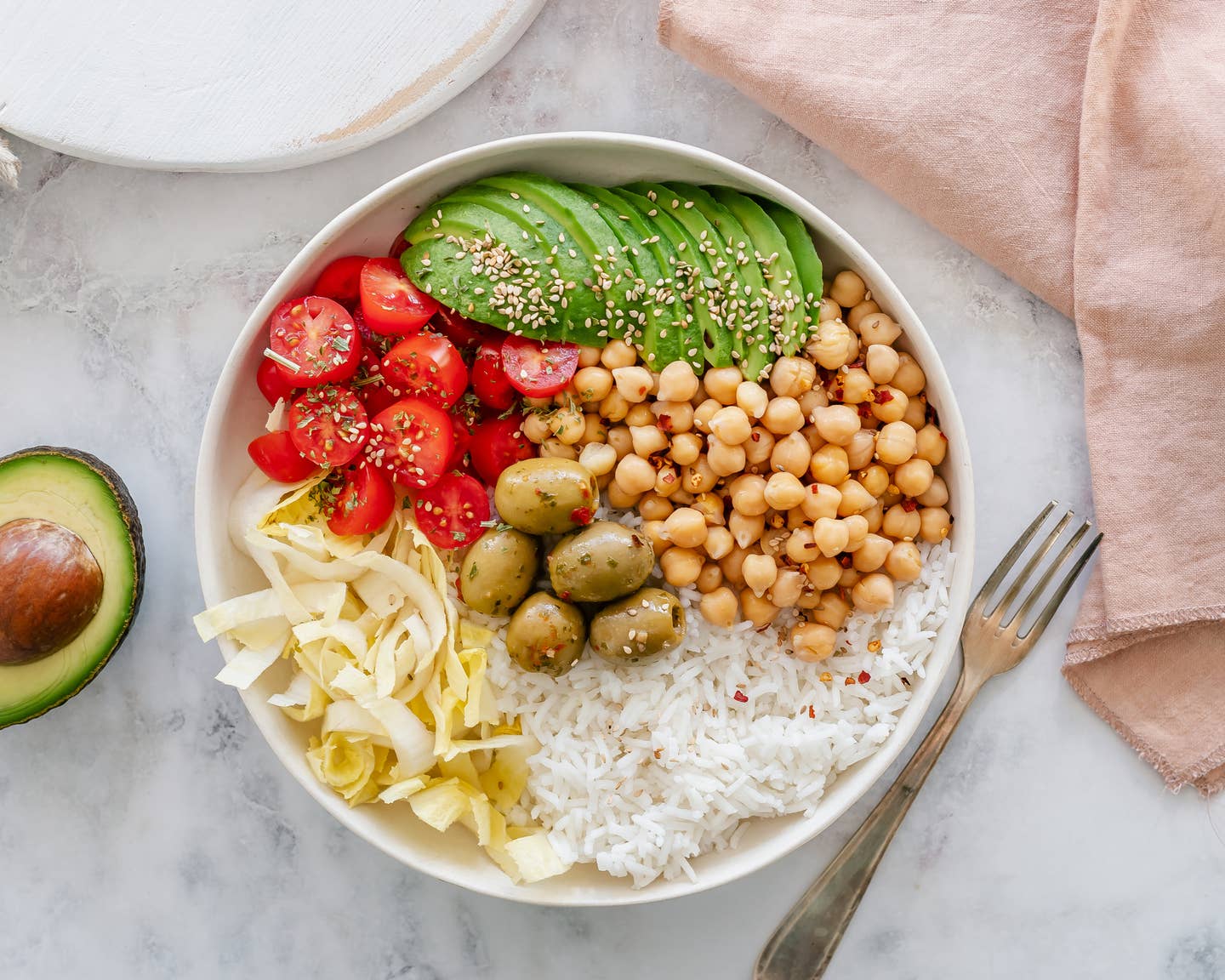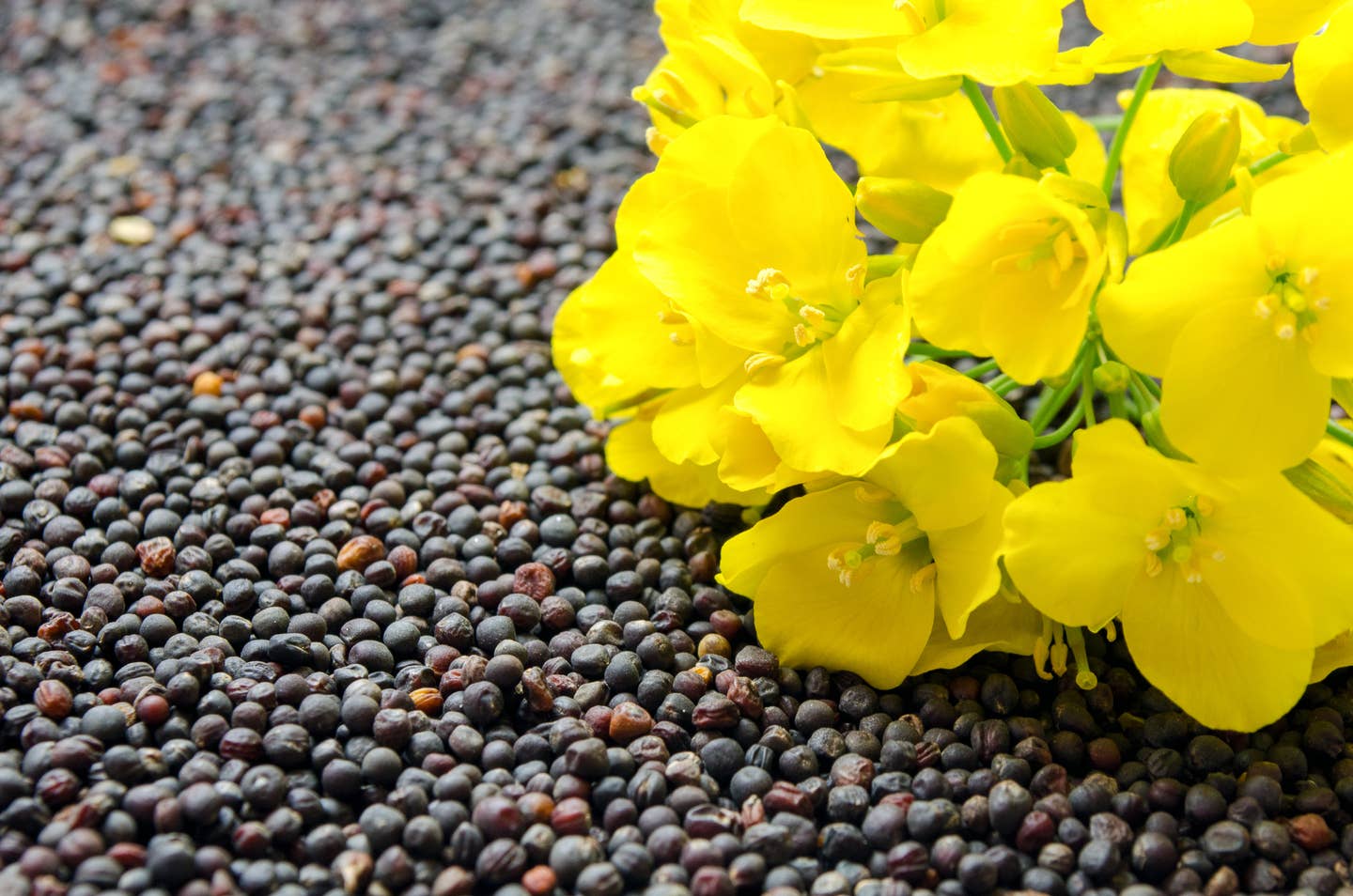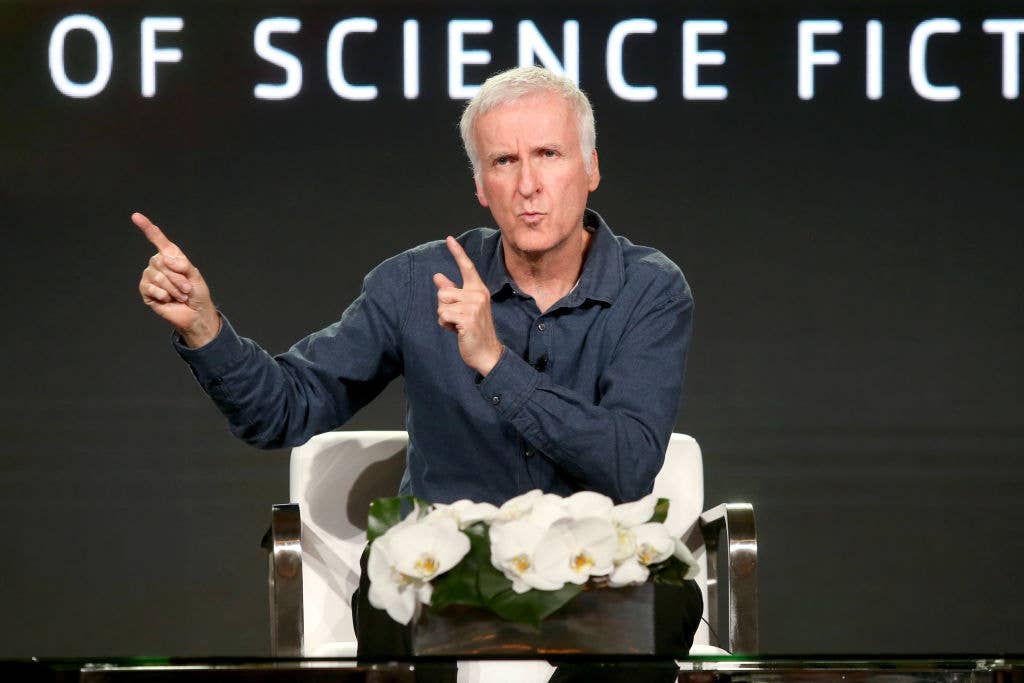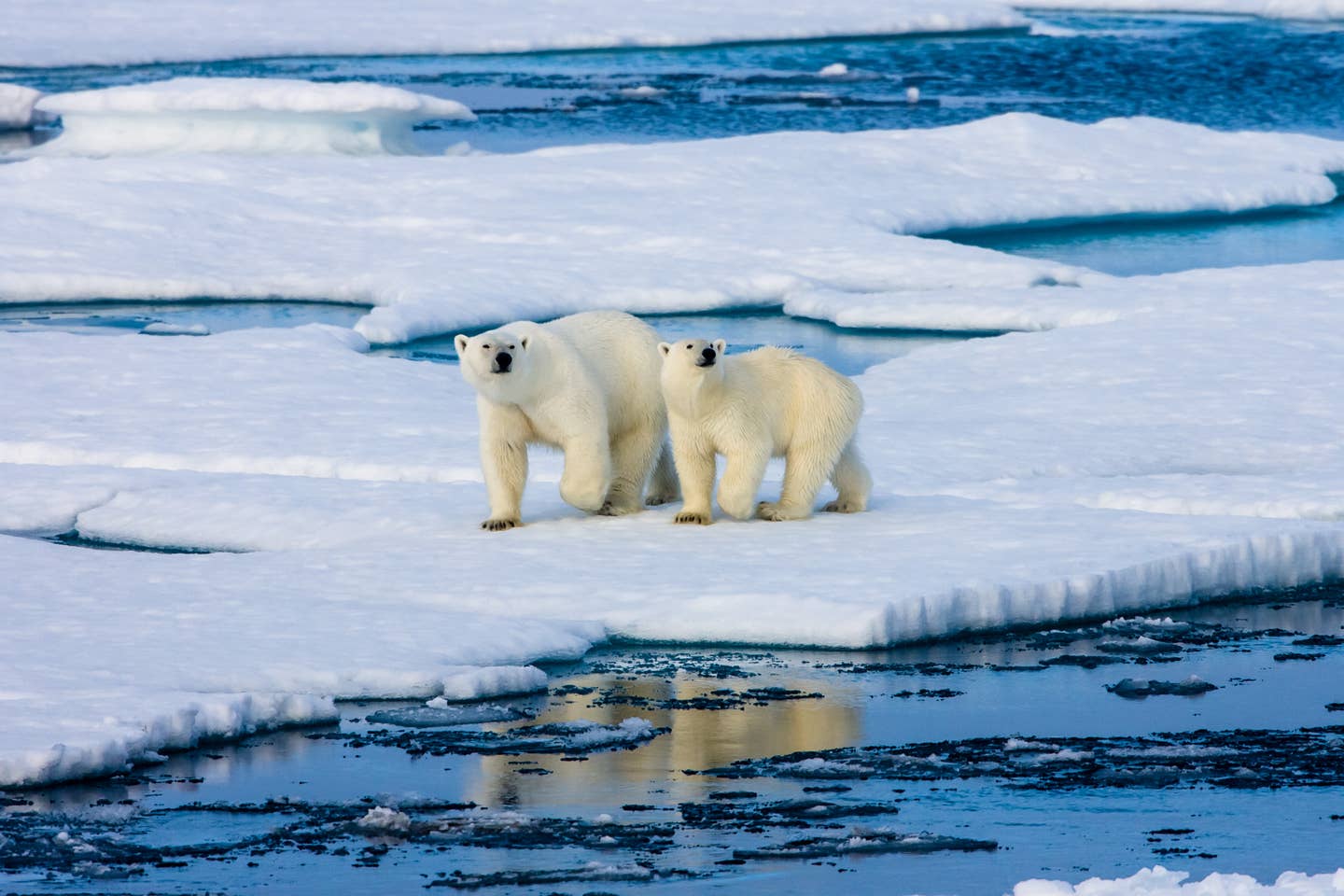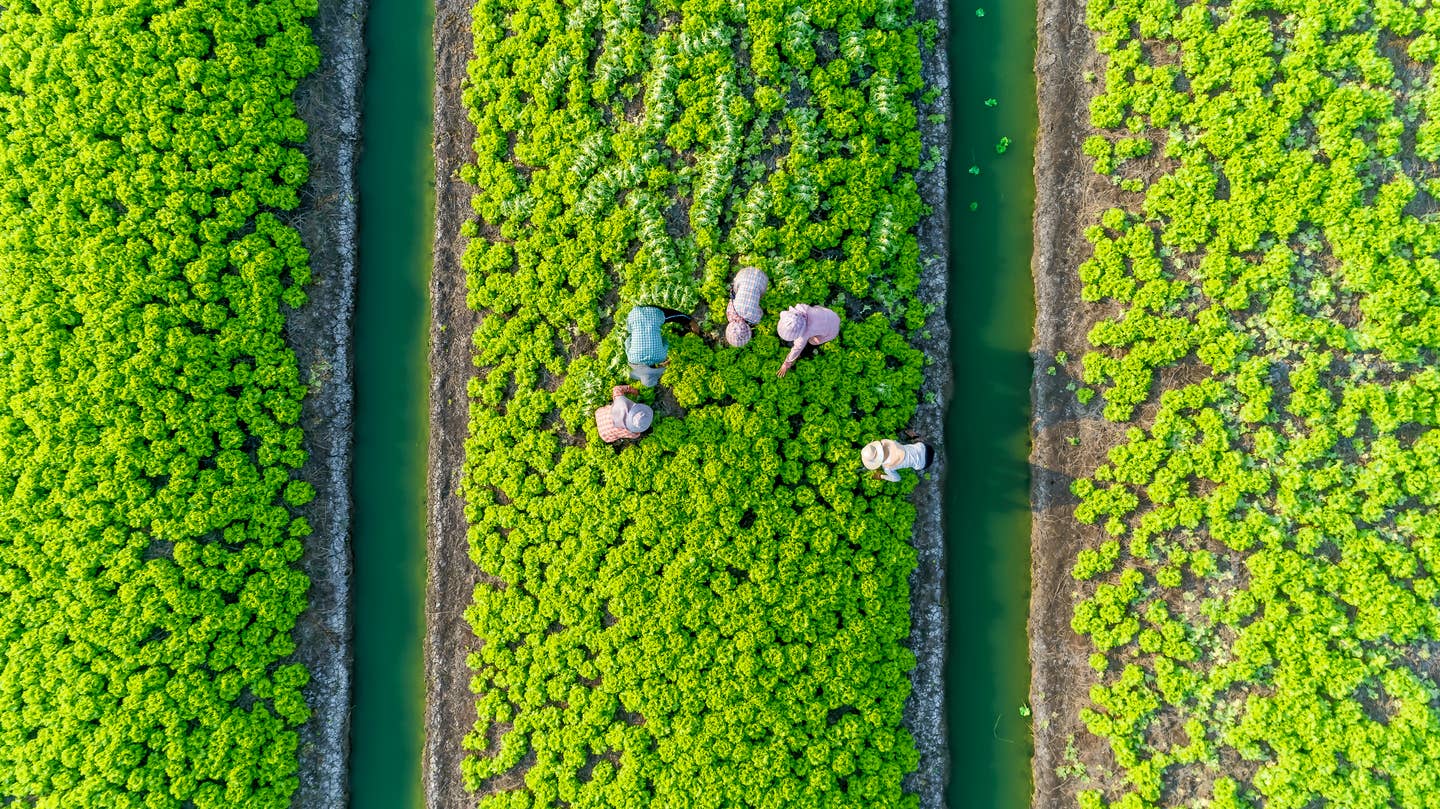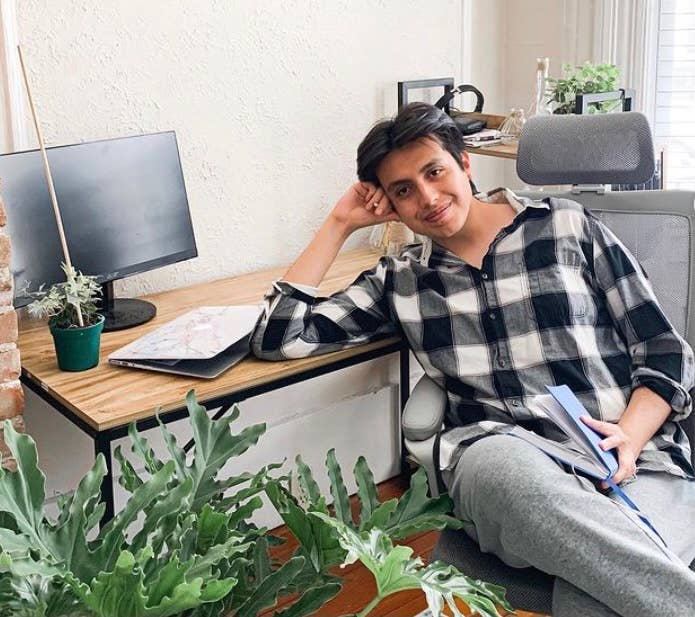
Simple Tips to Live More Sustainably, From an Environmental Educator
We know that most people are eating more plant-based these days for their health and the planet. These tips from Isaias Hernandez, an environmental educator, plant-based innovator, and zero-waste activist will help you do both. Hernandez seeks to diversify the field of environmentalism. A graduate of UC Berkeley’s environmental science program, he runs @queerbrownvegan, a space that provides accessible environmental education through an intersectional perspective.
Hernandez talks about transitioning to a plant-based lifestyle, and how his background plays an important role in his commitment to becoming zero-waste. He provided us with simple practices on how to live a sustainable lifestyle, slowly reducing waste for a cleaner and greener world. Let his advice motivate you to not only nourish your own body, but also the beautiful environment around you!
The Beet: Walk us through your story of how you became a plant-based eater.
IH: I have been a vegan for almost two years now. My interest to live a plant-based lifestyle started in college when I took a class called Agricultural Food Systems and we discussed the horrifying working conditions of factory farms and how it's created a global environmental injustice. For many of us, I knew that this was always happening but my ethics were not aligned at the moment since I still contributed to eating dairy.
Realizing how agricultural industries are products of environmental colonialism and have perpetuated the abuse of humans and animals sparked my transition to veganism. My interest in environmentalism started at a young age when I grew up in the city of Los Angeles, California, most commonly known as the San Fernando Valley area where I lived near toxic facilities, terrible air quality, and noise pollution. Since then, I have looked into ways in how I can promote intersectionality within my environmental education work.
TB: Amazing. What inspired you to become an environmental educator?
IH: As an environmental educator, I created @QueerBrownVegan in my mission to share information about environmentalism without it coming from an academic institution. I truly believe that environmental education lacks in most K-12 education systems, and my goal is to eventually develop a universal curriculum to be taught to students. As a person of color in the environmental field, I have dealt with many obstacles -- such as experiencing racism while I conducted research in college.
Queer is also an important aspect of my work because there weren't that many Queer POC mentors in my field. Additionally, I often felt that environmentalism mainly saw Queerness as not "normal" but anything that had binary in it, was seen as normal. As a vegan, I truly believe my work is grounded in the liberation and anti-oppression of living beings (both humans and animals). When we realize how extractive industries are interconnected, we are able to approach through intersectional, not single-issue activism.
TB: How did your own Mexican identity influence your work as an environmentalist?
IH: Growing up Mexican, I learned about my language and how it's embedded in colonial roots, which inspired my work to continually provide support for Indigenous communities. Being vegan and an intersectional environmentalist has allowed me to further understand my positionality in the movement but also provide a sense of representation for the Latinx community to know that we have always cared about the environment, but we just never had the opportunity to speak about it or be spotlighted.
TB: On your blog you discuss how zero waste has been an ancestral BIPOC practice. Can you talk about your own experience?
IH: Zero waste in many cultural traditions focuses on circular models where resources are used efficiently. However, now that we have plastics ingrained in our society, those types of traditions have shifted today but are still a part of our cultural memories. My parents grew up in Mexico and immigrated to the United States in the 1980s. We were low-income my whole life and my parents instilled practices of survival that weren't really seen as eco-friendly.
For example, my mother always insisted that using tomatoes in your hair once a month would promote hair growth and vitamins. She was never a big advocate of using plastic shampoo bottles and always looked for plastic-free options, such as using natural ingredients to treat hair. We had to recycle not because we loved it, but because we believed that it provided an additional source of income. When it came to plastic containers, we used the ones we had already used such as the sour cream or butter container to store refried beans or salsa, instead of buying new ones. While these may have not been traditional values, my parents found alternatives to continue living more sustainably without having to generate more waste in our home.
TB: What are some simple practices that we can adopt to practice sustainability?
IH: Some tips I generally share with people are to first check-in with your family and get to hear about their cultural traditions or how they had to be resourceful growing up. Most often than not, people practice sustainability in certain aspects of their life but they don't identify it as sustainable. Moreover, you need to understand that we all contribute to forms of plastic consumption whether we like it or not, so do not compromise your mental and physical health thinking about this.
Stick to something you are passionate about in your life, what sectors would you feel more inspired to make a change. We often gravitate to common notions such as going thrifting, reducing waste, or buying sustainable products, but what about investing in your own community? Ask yourself, ‘what can I do to further improve this environment to be sustainable? Is this through building a mini book library, community fridge, or donating to local organizations shelters?’
TB: What continues to inspire your work as an environmental educator?
IH: I am most inspired by the fact that I am able to continue learning alongside my community about environmentalism. I always knew I wanted to study environmentalism, but I would have never imagined having had the opportunity to cultivate environmental education defined by my own thoughts, research, and culture. Through my work, I want to continue building accessible environmental education that goes beyond social media and actually is implemented in systems that have often ignored these types of conversations. My work is always evolving and this is just the beginning of my career.
TB: What do you usually eat in a day?
IH: I try to practice zero-waste cooking, where I use all types of my produce through a circular lens without sending it to the compost bin. I usually make my own plant-based milk such as oat milk and incorporate leftover pulp to make oat pancakes or oat cookies. For lunch, I use leftover garbanzo bean liquid (aquafaba) as an egg replacement and I make brownies out of it! I also love making enchiladas on special occasions or whenever I have time.
TB: What advice would you give to someone who wants to go plant-based?
IH: Most humans don't eat meat 7 times a week, so I encourage people to take small steps to reduce meat intake. For example, I started cutting out red meat before I went vegetarian since I rarely ate it. I slowly reduced my meat consumption each week before fully becoming a vegetarian. I think most often not, people think they have to transition to a plant-based diet perfectly or even uphold strict rules, but I encourage people to counteract that and make mistakes as shaming oneself does not create change. I suggest acknowledging where you can improve and what you want, which drives true compassion and encouragement.
Many of us already eat vegetables and fruits, so all it takes is finding those unique recipes and incorporating more plants to fully adopt a plant-based lifestyle. There are also great vegan meat alternatives to try out there and if you ever undercook vegan meat, you do not have to worry about getting sick like animal meat!
More From The Beet
